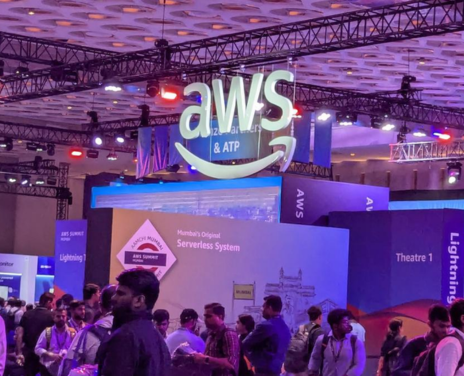India is in the middle of an extraordinary surge in Generative AI adoption, yet a new Amazon Web Services survey warns that training alone will not close the widening skills gap. Although Gen AI tools are slipping into digital routines across nearly every sector, the nations readiness-pulled together by people and supporting systems-tells a less optimistic tale. Gen AI Adoption Nears Universality Nearly 98 per cent of the organisations surveyed by AWS have already dabbled in or rolled out some form of Gen AI.
Gen AI Adoption Nears Universality
From writing marketing copy and streamlining code to answering customer queries and sifting through mountains of data, these models are reshaping tasks at every rung of the business ladder. IT, finance, e-commerce and healthcare still sit at the front of the pack, wielding AI-powered applications to lift output, tailor offerings and slash errors. Startups and micro, small and medium enterprises (MSMEs) are also jumping on board, seeing in Gen AI a budget-friendly route to high-impact innovation.
The Stark Skills Gap
Yet, as excitement mounts, the same survey highlights a sobering truth: the gap between the skills people possess and what the technology demands is not closing fast enough.
Although training sessions on generative AI and machine learning are now easier to access, an AWS survey shows that only 12 percent of firms think their staff can smoothly weave AI tools into everyday work.
Three main reasons explain the gap:
- Superficial Training: Most courses stay at a high level and never show how the ideas play out in an actual project.
- Tool Overload: Employees face so many platforms, each with its own look and feel, that they simply shut down.
- Lack of Strategic Direction: Companies launch AI for the sake of it, without clear goals or a step-by-step map.
Why Training Alone Is Not Enough
The AWS finding shows that upgrading skills without broader support will not shift the dial. Genuine AI change demands more than a certificate on the wall. Here is what Indias generative-AI scene really requires:
1. Hands-On Learning and Practical Integration
Classes must move past slides and give learners real time with tools like OpenAIs GPT-4, AWS Bedrock, and Google Gemini. Working on tangible projects makes lessons stick and encourages people to try new ideas on the job.
2. Cross-Functional Collaboration
AI should not live in the IT silo. Senior leaders must invite marketing, finance, HR and operations to brainstorm and build use cases together so the technology serves the entire business.
3. Leadership Alignment
Company leaders must steer AI roll-out by matching overall business aims with technology plans. That direction covers spending on hardware, crafting clear rules, and rewarding teams that use AI well.
4. Ethics and Governance Training
Powerful tools also bring clear dangers. Staff should learn the basics of responsible AI, handle private data lawfully, and spot bias so adoption stays safe.
5. Building a Culture of Innovation
Instead of rigid orders from above, firms should let people at all levels run small experiments, feel secure to fail, and quickly adjust with generative AI.
What This Means for India
India sits at an important crossroads. With a vast tech workforce and a fast-growing online market, the country could lead the world in Generative AI. Yet that future hinges on closing the skills gap quickly and on a large scale.
If education is the first step, readiness, culture, and strategy come next. Public agencies and private firms must join forces to raise AI literacy, keep tools open to all, and guide small businesses in responsible use.
Closing Reflections
India’s surge in generative AI is unmistakable , yet keeping it afloat demands far more than raw excitement. As AWS cautions, additional training sessions by themselves cannot fix systemic shortfalls. Instead, success hinges on a comprehensive AI enablement framework that weighs hands-on practice alongside ongoing education, broad awareness with sound governance, and bold innovation with ethical accountability.
At Aixcircle, we remain alert to the crossroads where AI technology meets enterprise strategy. Join us as we explore in greater detail the hurdles and remedies that will define Indias AI-first tomorrow.


